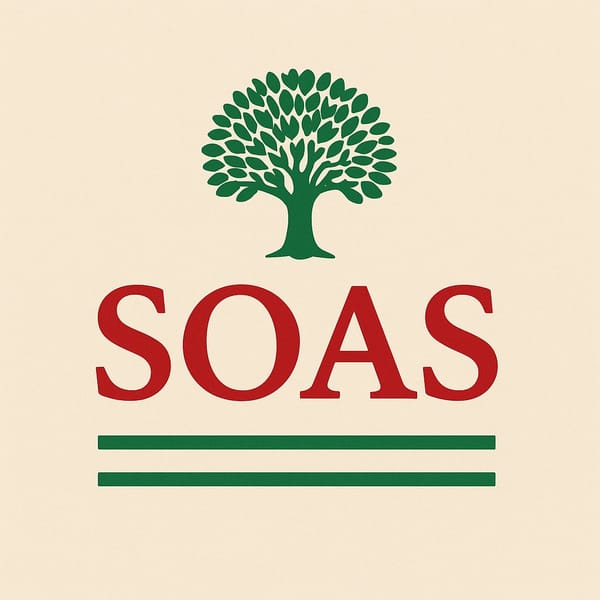From Chore to Show: The Problem of Performative Cleaning

By Anon Yu Henriksen, BA International Relations and Korean
While some have claimed 2024 to be the ‘year of the messy girl’, the ‘clean girl’ trend that plagued much of 2023 might be taking its final sips of green juice. The polished ideal of a clear-skinned girl with slicked-back hair who always enjoys her salad while sipping from a Stanley Cup has long caused debate, often due to the obvious classist and fatphobic undertones of the trend.
Recently, a new term has emerged on TikTok that describes a more general trend, which even those of us uninterested in green juice might recognise. ‘Performative cleanliness’ gained traction after a woman posted a TikTok of herself cleaning her Christmas tree, captioned with a claim that this was something you need to do.
The video started a wider conversation on the platform over the so-called ‘performative cleanliness’ many engage in. Whether that is by shaming others for not cleaning their Christmas tree, showering three times a day, or only using your towel once before washing it, it is all part of what The Atlantic’s Derek Thompson calls the ‘Hygiene Theatre’. So what is the problem with this excessive cleaning? Is hygiene not positive, no matter who it is performed for?
Social media is, of course, at the core of the issue. For years, platforms like TikTok have actively been swallowing our personal lives. Now, it has reached our most private spheres, with even our personal hygiene routines dangling mid-air over Silicon Valley’s gaping mouth. Prior to the digital age, how we clean and wash ourselves was a topic of conversation one only had with close friends and family, but now, many seem to share their ‘everything showers’ and their ‘Sunday reset cleaning sprees’ with the general digitised public. Even the most personal parts of our lives are now publicised.
Not only is social media making us post our private lives, but its visual focus additionally creates a culture of presentation. It is not important what one does anymore, as long as it appears well. Performative cleaning has not surfaced out of the blue but is part of a pattern of constant performance. The term ‘performative activism’, for example, describes activism that is entirely done as a performance (such as sharing infographics on Instagram), which lacks actual engagement and action. It especially peaked during the pandemic, when many were forced into performativity due to the restrictions put in place. As we have moved past this, why are we still developing new forms of performative actions? Some might say it is an inevitability in our digital and visual lives.
Furthermore, in the current visually focused cultural context, content that optically satisfies our brains has gained the utmost value. Videos of dusty surfaces being wiped clean are now treasured online, and cleaning content as a whole has become extremely popular on platforms where the way one appears is more important than how one actually lives. Social media and its visual focus on appearance have provided fertile grounds for performative cleaning; cleaning has, after all, always been strongly visual.
This, paired with a global pandemic that created new attitudes around personal hygiene, has boosted both germophobia and cleaning-product philia. Additionally, the cleaning industry has turned towards young people. There is, of course, nothing wrong with longing for cleanliness. The problem is when it becomes performative. In addition, performative cleanliness, as with the ‘clean girl’ trend, has many problematic aspects.
Firstly, it is clear that performative cleaning is gendered. While men are praised online for ditching their basic three-in-one soap, women are shamed by performative cleaners if they fail to shower twice a day. Ideas around female ‘purity’ may make women feel such pressure. Similarly, patriarchy allocates actions such as cleaning to women, while the growing cleaning industry reinforces such gendered expectations in the name of patriarchal capitalism.
Secondly, classism and Eurocentrism continue to shape the conception of what cleanliness means. Being able to clean excessively to appear a certain way to others is a type of white and bourgeois privilege. As those of us who grew up in immigrant households might have experienced, topics such as personal hygiene and household sanitation are often affected by cultural differences and economic restraints.
“Cleaning is not an action done to ensure health and wellbeing anymore, but rather an action of performance.”
It is interesting to see how banal activities such as cleaning have become part of our generation’s need to self-curate and present in certain ways. As the public has been brought into our phones, cleaning is not an action done to ensure health and wellbeing anymore, but rather an action of performance. We no longer exercise to feel well but to fit the ‘clean girl’ ideal. However, we must not reactionarily start the new year by perfecting our new ‘messy’ facade, even though it might feel liberating. Almost everything we do now is performative. I hope it does not always have to be that way.
Photo Caption: Crystal de Pasillé-Chabot



